What are the Potential Impacts of the New Lease Accounting Standard? Wegmann Dazet’s Bryan Whalen, CPA describes how the update affects your leases and accounting.
By now most businesses have at least heard about ASC 842. That’s the new lease accounting standard that goes into effect for all non-public entities for fiscal years beginning after December 15, 2021 (January 1, 2022 for entities that follow a calendar year). Therefore, businesses should be proactive in evaluating the changes and the effect on recorded debt.
In July 2018, FASB released the Accounting Standard Update (Topic 842), which has an implementation date of 2021, after a one-year delay. Now that it is upon us, this new lease accounting standard will require entities that lease certain assets over 12 months to recognize on the balance sheet the assets and liabilities for the rights and obligations created by those leases. Leases not over 12 months, such as three-month leases, are not affected.
Given the new rules on determining the classification between an operating and financing lease, it is likely that some leases previously classified as operating under the old standard will now qualify as financing leases. This new lease accounting standard is especially likely to affect vehicle, equipment, and building leases. When transitioning to this new standard, it is also important to evaluate the potential impact on financial metrics including covenants, projections, and operating results.
Three metrics to review when considering the potential impacts of this new lease accounting standard are:
- Debt-to-Equity Ratio: This ratio will increase due to all leases, whether operating or financing, being recorded as debt on the balance sheet.
- EBITDA: This metric will most likely increase as previous operating leases may now qualify as financing leases. Lease expense for financing leases is classified as amortization. Also, a portion of the payment is recorded as interest expense. Since both of these are add-backs, the EBITDA ratio will also increase.
- Operating Cash Flow: This metric will also most likely increase due to the payment on financing leases being classified as a principal payment (shown under the financing section of the cash flows), which will increase operating cash flow.
Because changes to certain financial metrics can affect loan covenants, for example, and because operating leases were not on the balance sheet prior to the new lease accounting standard, now is the time to determine if the adoption of ASC 842 will have any effects on your financial arrangements. Especially with covenant calculations, you will want to work with your financial institutions to potentially amend any agreements. Don’t wait: review your contracts and lease agreements. Review your GL codes for recurring monthly payments. Then determine if the leases are financing leases (formerly known as capital leases) or operating leases. Determine how you will record the entries and then have them ready to go by January 1.
Confused at all about the new lease accounting standard? Give Wegmann Dazet a call!
- New Lease Accounting Standard – Update - August 20, 2021


